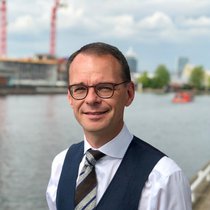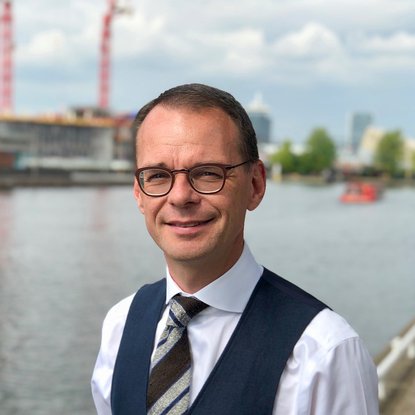Issue
In the summer of 2018, the Netherlands experienced unusual warm weather. The National Heat Plan came into effect as a result. Some consequences of the heat wave were declined water quality, dying grass, dysfunctional bridges and impaired human wellbeing, especially for elderly people and young children. The rise of temperature clearly affected the environment, infrastructure, and human health and well-being alike.
Such climate changes have raised awareness for proofing urban areas in case of unusual heat or rainfall. Urban planners, landscape architects and local authorities are collaborating on adapting cities to climate change in search of heat proof solutions and ways to implement these solutions in an urban environment.
“When water bodies are designed appropriately, with shading, ventilation and evaporation of water from fountains or mist nozzles, these environments can generate better thermal conditions.”
Gerben Mol
Program Developer
Cooling Water Bodies
It is well known that water bodies warm up and cool down slower than adjacent land or the built environment. Often urban heat islands form in inner city areas - a climate problem that needs to be solved. Water bodies such as ponds, canals or water films can cool their environment. However, design principles were not available up till now.
The REALCOOL research project which was set up in collaboration with AMS Institute, Wageningen University and Amsterdam University for Applied Sciences, aimed to find solutions for urban heat islands through properly designed water environment. Researchers studied which configurations of evaporation, shading and ventilation objects around the water bodies improved human thermal sensation in cities. The visual appeal and fit of these new water bodies was also studied by designers, consultants and municipalities. The REALCOOL project applied the Research Through Design approach to devise really cooling water bodies that can be implemented by urban design professionals and serve as guidelines for future solutions.
Progress
During the initial two years of joint work between designers, meteorologists, water and landscape visualization experts, the research team completed the research phase and built its output for the design community. First prototypes were released at the end of summer in 2018. The research team produced also animated scenes of the design prototypes for cooler urban water environments.
| Duration: |
|
| Related information: |


